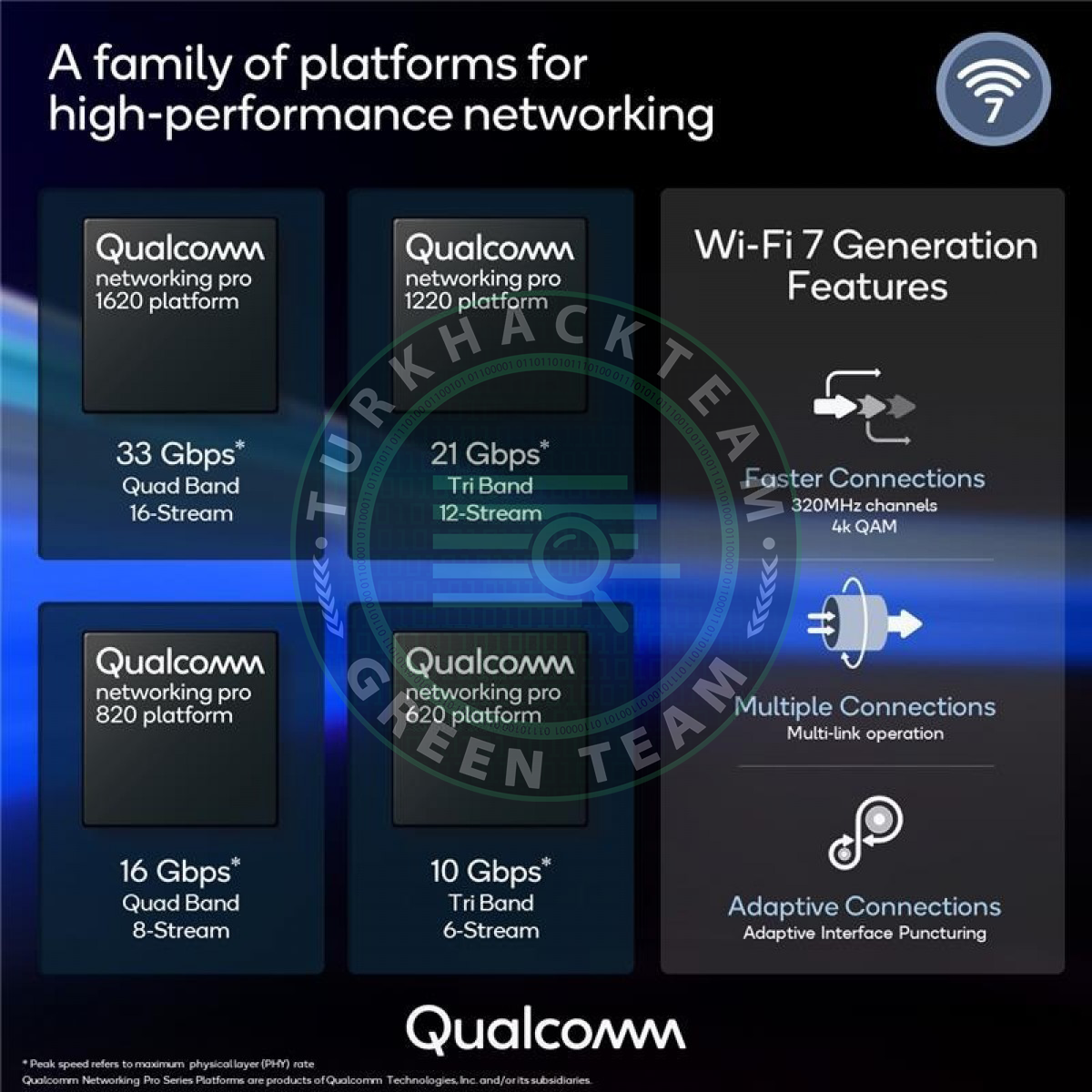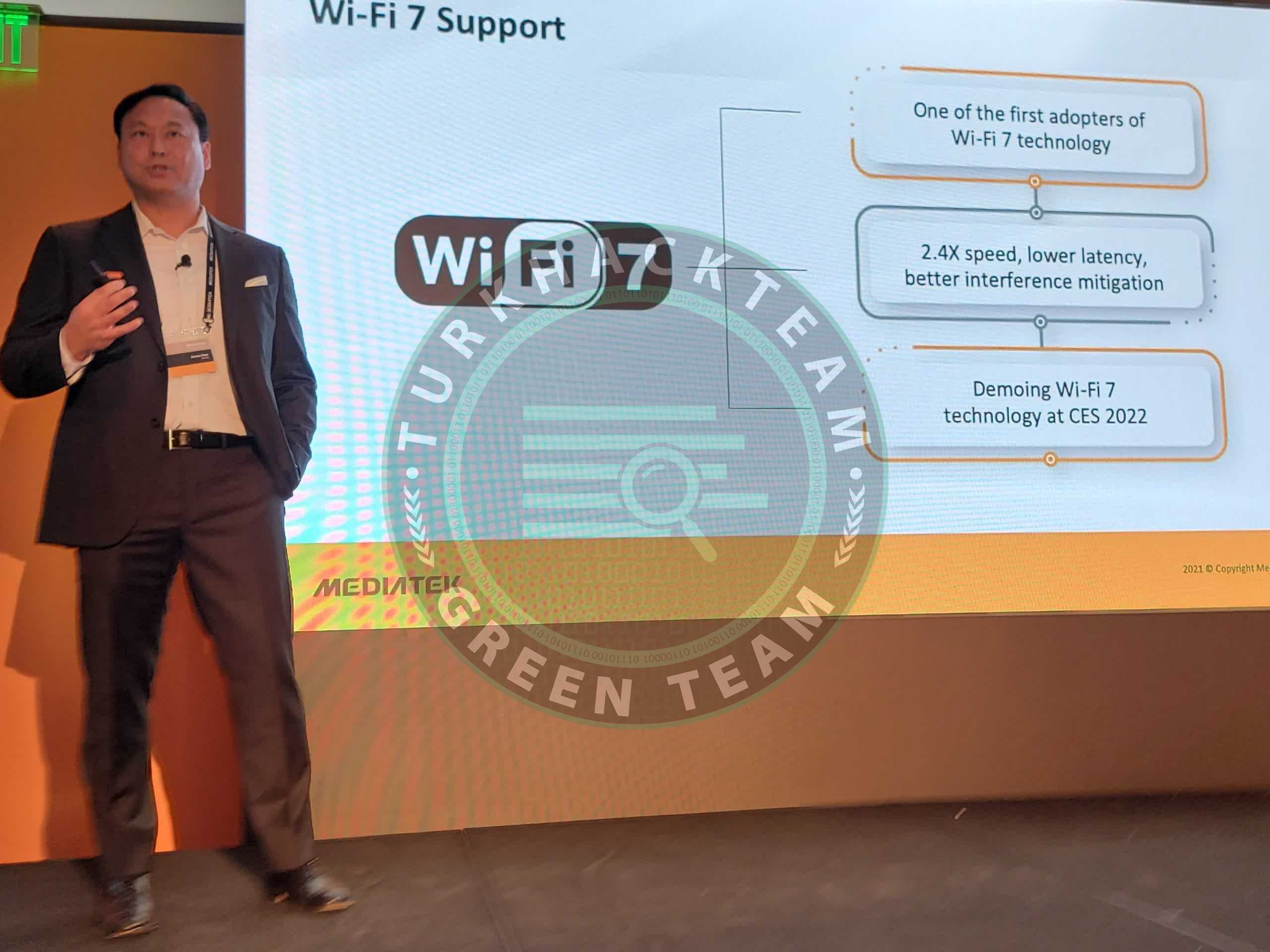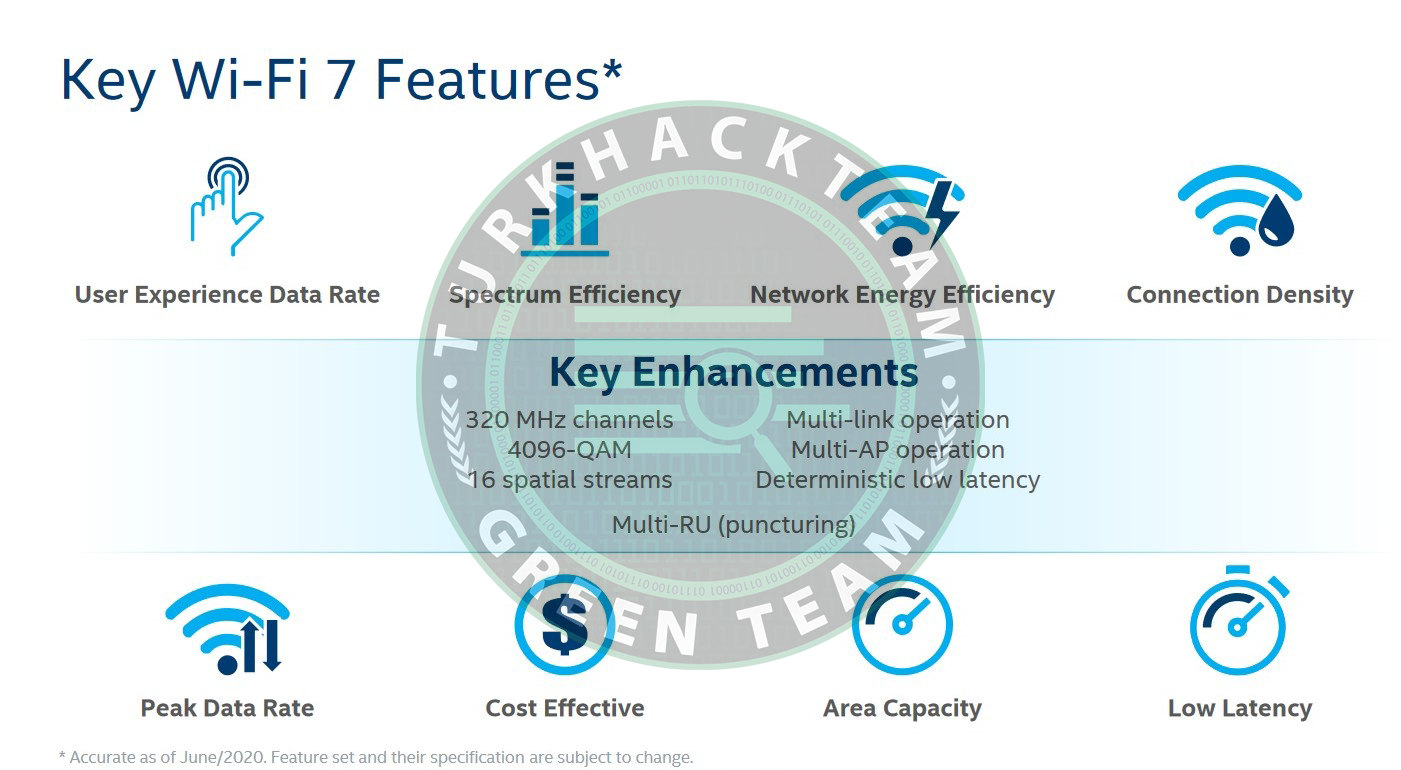
With the advent of the internet into our lives, many technologies came along with it, and among them, the most significant technology was, of course,Wi-Fi technology.
Unlike wired access, this technology, which provides data wirelessly to users, has managed to maintain its place since its inception, enhancing the quality of life.
Communicating data over radio frequencies, this technology has been standardized by EEME/IEEE, which stands for the Institute of Electrical and Electronics Engineers.

One of the widely used technologies today includes Wi-Fi 5 and 6 versions. Although these versions, still actively in use, meet the needs of users, the data age we are in has made data transfer speed on your system an important factor. Today, we will examine the latest technology, Wi-Fi 7.
Why Wi-Fi 7?
Wi-Fi 7, the 7th generation of the Wi-Fi family with an EEME/IEEE license, enables users to transfer more data by utilizing the 6GHz spectrum. The primary factor contributing to this speed is the bandwidth of 320 MHz. The continuously evolving Wi-Fi generation introduces new features with each new member. Therefore, opting for the newest member of this family when purchasing devices will be the most significant advantage.

Wi-Fi Family
The first member of this generation, Wi-Fi 0, was introduced in 1997. The initial product of the family, Wi-Fi 0, allowed a maximum speed of 2 Mbps.
Shortly after, Wi-Fi 1 and 2 were announced in 1999. The second member of the series, Wi-Fi 1, provided a maximum speed of 11 Mbps, while Wi-Fi 2 offered a speed of 56 Mbps. During that time, 56 Mbps was a considerably high value, and only a small portion of the population could access this speed. Following that, Wi-Fi 3, developed in 2003, and Wi-Fi 4, which arrived five years later in 2008, were introduced. Users could access speeds of 600 Mbps with this technology. Wi-Fi 5, announced in 2014, provided users with the possibility of speeds up to 6933 Mbps. Subsequently, Wi-Fi 6, with a maximum speed of 9608 Mbps, brought users the speed of light.
When we examine the differences between versions, we can observe speed increases. Not only speed but also with each new generation, technologies and improvements are designed to appeal to different devices compared to previous speed values. This broadens the range of devices that can use these technologies. The latest version of the series, Wi-Fi 7, not only provides high data access but also significantly impacts the production and use of different products or services.

Why Necessary?
We can attribute it to the increasing use of online platforms, the constant use of cloud systems, virtual reality, and online games. Instead of permanently downloading data, we now use continuously synchronized cloud systems. High data access creates convenience in cloud systems. Increased data capacity will save time.
Wi-Fi 6 VS 7
We can attribute it to the increasing use of online platforms, the constant use of cloud systems, virtual reality, and online games. Instead of permanently downloading data, we now use continuously synchronized cloud systems. High data access creates convenience in cloud systems. Increased data capacity will save time.
Wi-Fi 6 VS 7
- While Wi-Fi 6 uses the 802.11ax standards, Wi-Fi 7 uses the 802.11be IEEE standards.
- Wi-Fi 6 provides a maximum data transfer speed of 9.6 Gbps, while Wi-Fi 7 offers a data transfer speed of 30 Gbps.
- Wi-Fi 6 has 8x8 UL/DL MU-MIMO technology, while Wi-Fi 7 has 16x16 UL/DL MU-MIMO technology.
- The channel width in Wi-Fi 6 is 80+80MHz, whereas in Wi-Fi 7, the channel width is fixed at 320MHz.
- While Wi-Fi 6 has 1024-QAM, Wi-Fi 7 technology uses 4096-QAM.
6 GHz Band
Following Wi-Fi 6, the latest architecture using the name Wi-Fi 6E became the first generation to step into the 6 GHz connection. Similarly, Wi-Fi 7 will also use the 6 GHz band. Of course, it will be more performance-oriented.
Following Wi-Fi 6, the latest architecture using the name Wi-Fi 6E became the first generation to step into the 6 GHz connection. Similarly, Wi-Fi 7 will also use the 6 GHz band. Of course, it will be more performance-oriented.

Channels
Each band is divided into channels. The most commonly used 2.4 GHz band consists of 11 channels, each with a width of 20 megahertz. The 5GHz band accommodates 45 channels, but instead of being limited to 20 MHz bandwidth, you have the option to create channels with 40 MHz or 80 MHz by combining. The 6 GHz band supports up to 60 channels, while with Wi-Fi 6E, it can provide a width of up to 160 MHz. Wi-Fi 7 will have channels with a bandwidth of up to 320 MHz. Speaking of advantages, the wider the channel, the more data it can transmit.
When Will Wi-Fi 7 Be Used?
Companies conducting R&D studies on Wi-Fi 7 chips have started making various announcements, but it seems that it will take some time for the final products to reach our hands. When 7th generation devices become widespread, their prices may not be at an accessible level initially. Wi-Fi 6 and Wi-Fi 6E generations may be relatively more sensible choices. I believe that the most significant factor that will popularize this technology is internet service providers updating the devices they sell in the future as Wi-Fi 7. Yes, friends, we have come to the end of another article. Until our next writing, stay well.
Source : @Arslan' https://www.turkhackteam.org/konular/wi-fi-ailesi-ve-yeni-uyesi-wi-fi-7.2021833/

Each band is divided into channels. The most commonly used 2.4 GHz band consists of 11 channels, each with a width of 20 megahertz. The 5GHz band accommodates 45 channels, but instead of being limited to 20 MHz bandwidth, you have the option to create channels with 40 MHz or 80 MHz by combining. The 6 GHz band supports up to 60 channels, while with Wi-Fi 6E, it can provide a width of up to 160 MHz. Wi-Fi 7 will have channels with a bandwidth of up to 320 MHz. Speaking of advantages, the wider the channel, the more data it can transmit.
When Will Wi-Fi 7 Be Used?
Companies conducting R&D studies on Wi-Fi 7 chips have started making various announcements, but it seems that it will take some time for the final products to reach our hands. When 7th generation devices become widespread, their prices may not be at an accessible level initially. Wi-Fi 6 and Wi-Fi 6E generations may be relatively more sensible choices. I believe that the most significant factor that will popularize this technology is internet service providers updating the devices they sell in the future as Wi-Fi 7. Yes, friends, we have come to the end of another article. Until our next writing, stay well.
Source : @Arslan' https://www.turkhackteam.org/konular/wi-fi-ailesi-ve-yeni-uyesi-wi-fi-7.2021833/







